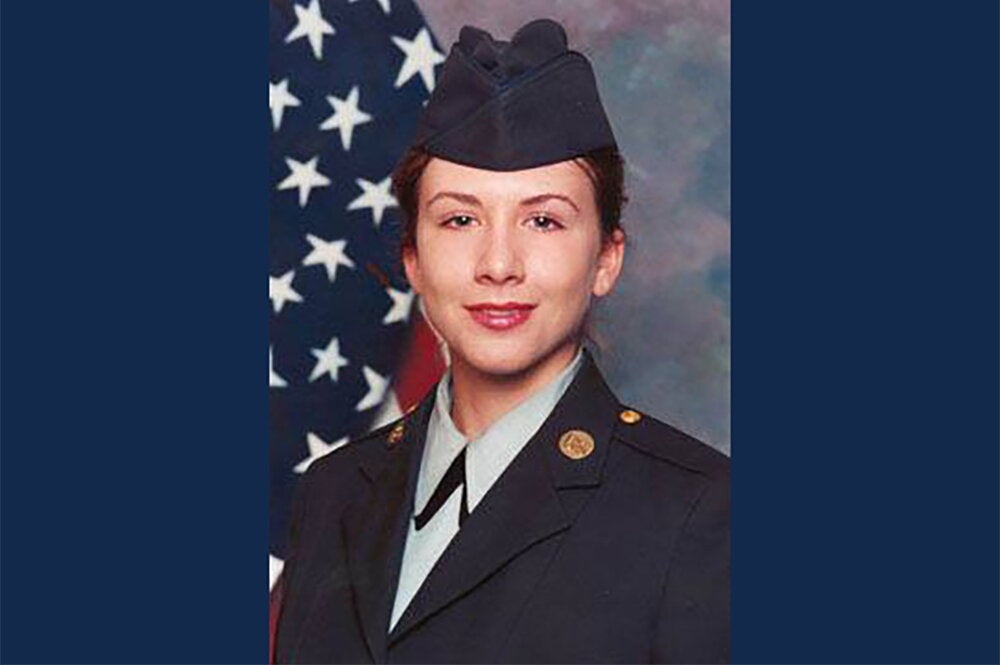

A group of students with a shared passion for neuroscience are writing about it for the greater good—and they’re getting noticed.
Brain Matters is a student-run neuroscience journal created in 2018 by student Thomas Romanchek (BS, ’21, psychology and bioengineering,). With articles about everything from dementia to the effects of isolation, breaking social media addiction, maternal stress, and other topics, the students working as writers, editors, and publishers have taken pride knowing that they are putting out stories that matter to readers.
Newsweek magazine recently cited student writer Ananya Sampathkumar’s Optical Illusions article from the journal’s February 2025 issue. Most of the journals are typically published on a semester basis. Brain Matters keeps an archive of all their past journals on their website.
The journal has grown steadily over the past seven years. The first issues had 16 pages; the most recent issue, published in July, had two volumes totaling more than 180 pages on topics such as biological neural networks as the forefront of AI processing, tone deafness, ADHD, the effects of exercise on memory, and more.
Brain Matters is a registered student organization sponsored by the Undergraduate Neuroscience Society, an organization to help students to get involved with neuroscience on campus through volunteering and research opportunities. The journal is solely a digital publication, shared on the University Library’s Open Journal System as an open access mechanism. Undergraduate services coordinator David Ward said the library also works with the student editorial teams during the publication process for each issue.

Michelle Bishka (BS, ’25, chemistry) is a recent graduate and was the president for Brain Matters this past spring semester. She joined the organization her freshman year after hearing about it during one of her classes.
Bishka tried several different roles before taking on the role of president of Brain Matters. “I was a writer my freshman year, and I wrote an article that year, and then I've been an editor.”
At the beginning of each semester, student writers submit topics that they want to write about. Once the topics are selected, the student executive board and senior members work as editors, reviewing the articles before publication. The journal also has a design team that formats the journal. In all, including the board members, designers, editors, and writers, the last issue of Brain Matters was created by a team of roughly 40 students.
Neuroscience major Ananya Sampathkumar writes for Brain Matters.
Student writer Ananya Sampathkumar, a neuroscience major, says she is interested in writing about higher level processing with emotions. She gets many of her paper topics from conversations with her peers. “For example, my friend and I were taking an IQ test for fun, and it made me consider how accurate these IQ tests actually are,” she said.

Bishka said that any student can join Brain Matters, regardless of writing skills or major. “This leads to like such a diverse like collection of articles because we'll have like computer science or like engineering majors writing about neuroscience and then connecting it back to what they learn in their coursework,” she said. “We also have more traditionally neuroscience paths like psychology majors.”
Sampathkumar said that finding time to conduct research can be difficult with her classes and other commitments. When writing for Brain Matters, she goes through a long process before producing her article.
“I research many different articles and papers that discuss my topic of interest and write small summaries of the information collected from each source,” said Sampathkumar. “Using that, I create an outline and write using this outline as a template.”
Since its creation in 2018, Bishka says she has seen an increase in student contributions. “It’s a good opportunity for anyone that's just interested in neuroscience to explore that and any topic they want in the field.”


